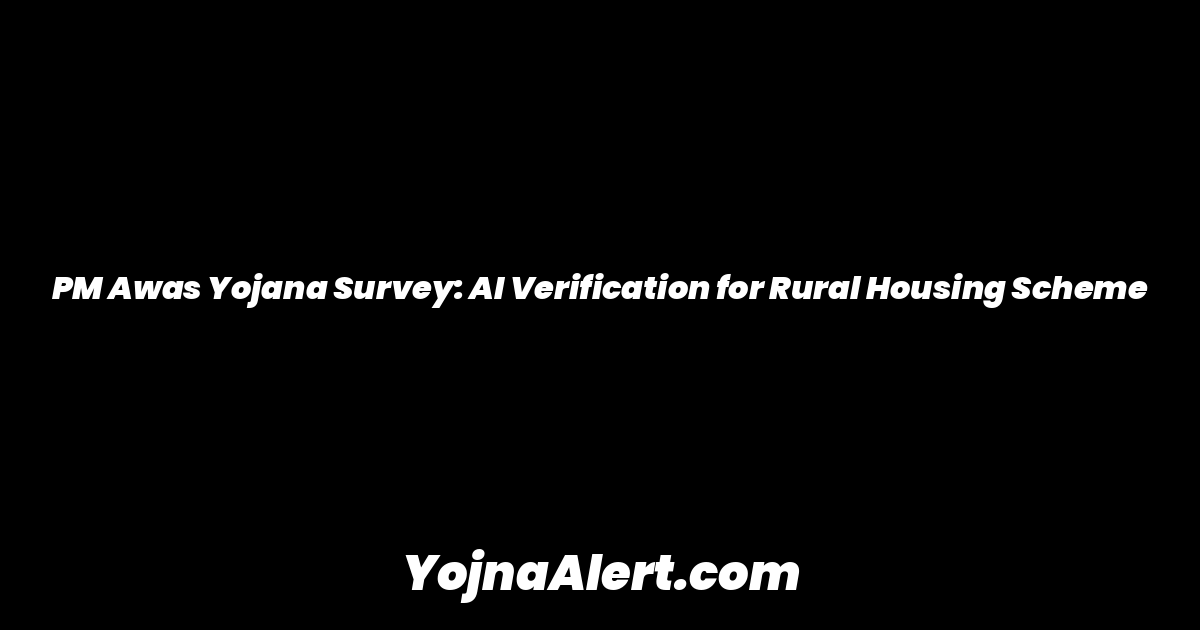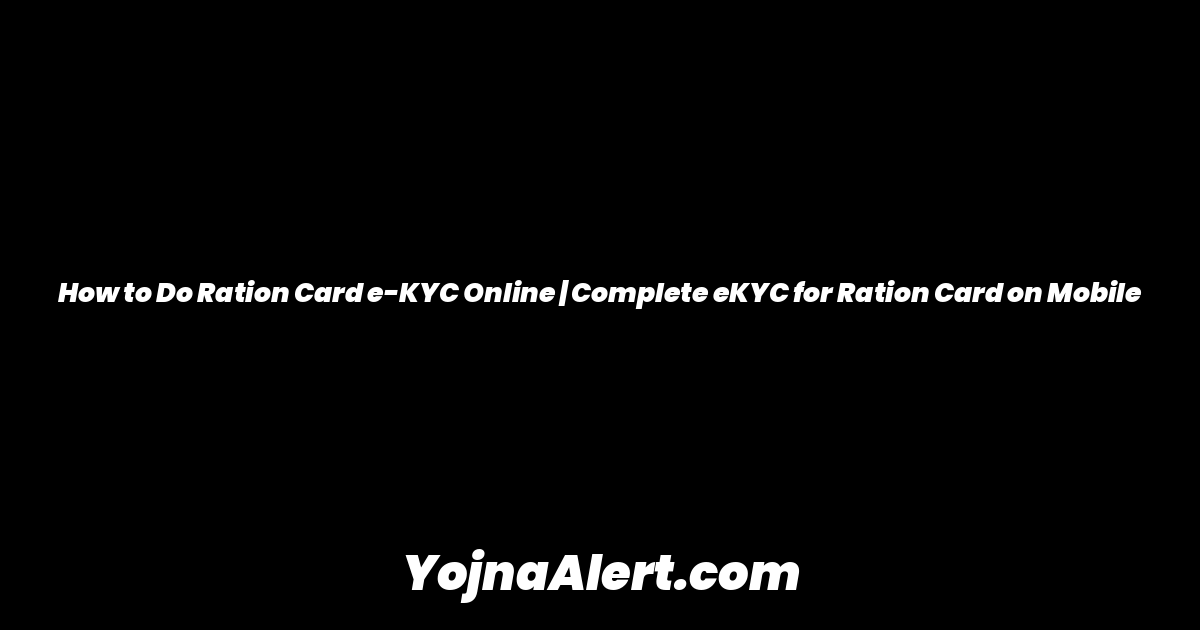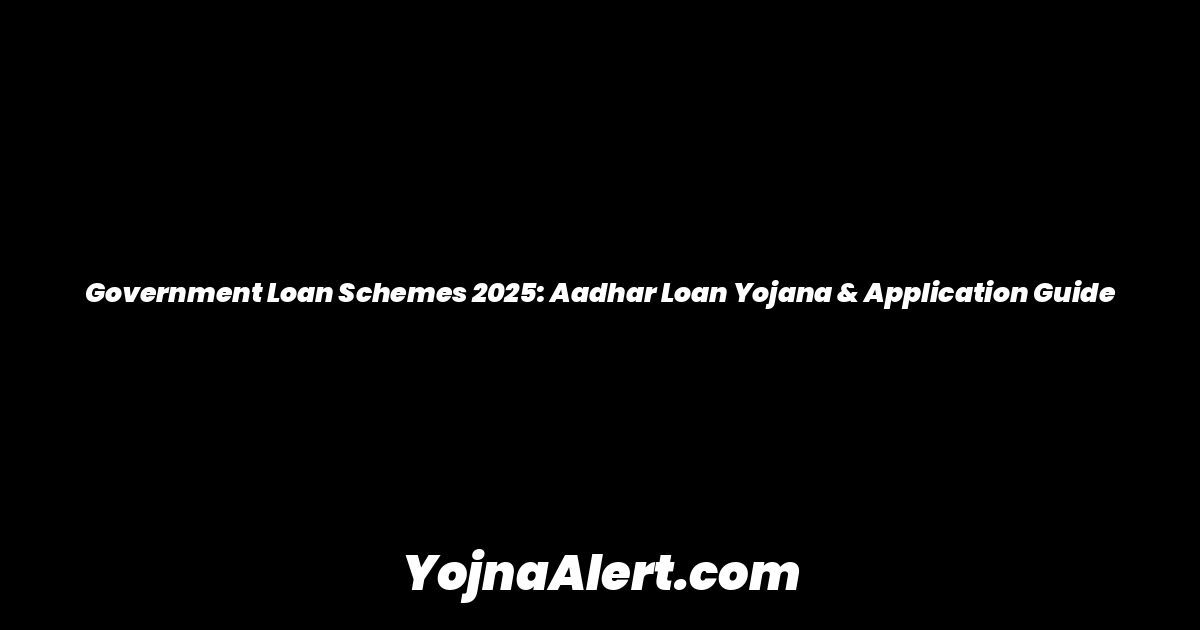Online application forms for the Pradhan Mantri Awas Yojana Gramin (PMAY-G) are now available. The application period began on January 10th and the final date to apply is March 31st. After a gap of 7 years since 2018, these online forms have been reintroduced. The government is utilizing Artificial Intelligence (AI) for a three-tier verification process to survey applicants immediately after they submit their forms.
Financial Assistance and Additional Benefits
Successful applicants under the PMAY-G will receive ₹1,30,000, while urban applicants receive ₹2,50,000. This amount is transferred directly to their bank accounts in three installments. In addition to the housing funds, beneficiaries also receive several other benefits:
- ₹12,000 for toilet construction
- A free electricity meter connection
- A free gas connection
- A water connection to their home
This means beneficiaries receive five key benefits as part of a single scheme.
Who is Not Eligible for PMAY-G?
The government has set clear eligibility criteria to ensure the scheme reaches those most in need. You will be considered ineligible for the scheme if you or your family meet any of the following conditions:
- Own a motorized three-wheeled or four-wheeled vehicle.
- Have an existing loan of ₹50,000 or more.
- Have a family member who is a government employee.
- Own a government-registered, non-agricultural enterprise.
- Pay income tax or business tax.
- Have any family member earning more than ₹10,000 per month.
- Own 2.5 acres or more of irrigated land.
- Own 5 acres or more of non-irrigated land.
If you meet any of these conditions, you will not receive the benefits of the scheme, even if you have submitted an application.
The Role of Artificial Intelligence in Surveys
The government is using an advanced AI system for the survey and verification process. When an applicant applies using the Awas Plus app, their Aadhaar number is entered into the AI system. The AI instantly checks the data against various databases, including PAN card information, to determine if the applicant is eligible or ineligible.
This technology is designed to quickly identify applicants who have provided false information. The AI can immediately flag an applicant as “eligible” and add them to the list, or mark them as “ineligible,” ensuring that only deserving individuals are approved. Teams across India are conducting these surveys, and data is being processed in real-time.
The Importance of Your House Photo
A key part of the AI verification is analyzing the photo of your house that you upload during the application. The AI is sophisticated enough to detect if you are standing in front of your actual home or someone else’s.
Furthermore, the system has been programmed to disqualify applicants if it detects brick walls, even if the house is in poor condition or has only a few feet of brickwork. The AI will only approve photos of genuinely “kutcha” houses, such as huts, shacks, or structures made of plastic, polythene, bamboo, wood, or thatch. If you have already submitted a photo of a house with brick construction, you may be deemed ineligible. It is critical that the uploaded photo accurately reflects a non-permanent structure to qualify for the scheme.
The Objective of the Scheme
The primary goal of these strict, AI-driven verification measures is to ensure that the benefits of the Pradhan Mantri Awas Yojana Gramin reach only the genuinely needy and eligible families. The system is designed to filter out ineligible applicants and prevent misuse of the scheme so that those who are homeless or living in dilapidated houses receive the support they deserve.






